Rachel Li

Cataracts are the leading cause of blindness worldwide and is one of the most common conditions for those over the age of 60. For this project, we aim to identify genetic modifiers that cause nuclear cataract formation in mice. We are also trying to understand the molecular mechanisms that are responsible for cataracts in hope of developing ways to treat it.
Zahra Ansari

Colorectal cancer (CRC) is the second leading cause of cancer related deaths in the U.S., and one of the more common types of cancer experienced by South Asians. CRC incidence rate is rising for South Asians, however screening rates in South Asians remain relatively low. For the past two years, my research group and I have been organizing numerous health outreach events to disseminate information about the importance of colorectal cancer screenings in South Asian populations. This summer, I will be working to finalize a manuscript evaluating the accessibility and […]
Rileigh Clarke
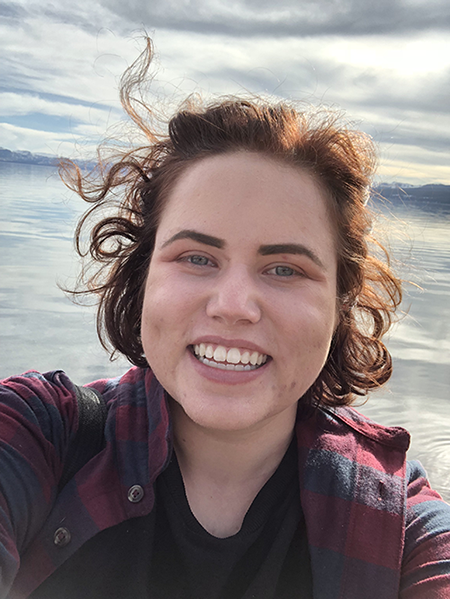
I will be working with the Head of Registration (Linda Waterfield) at the Hearst Museum of Anthropology. Under her guidance, I will review unprocessed collections and record the material into the museum database, CollectionSpace (CSpace). From there, I will scan source documents and related media into the CSpace file so that it is coherent for researchers to navigate easily. When necessary, I will create finding aids for these collections so that researchers have easy access to them. The finding aids will include information on what is available in the collection, […]
Kaitlin Allerton
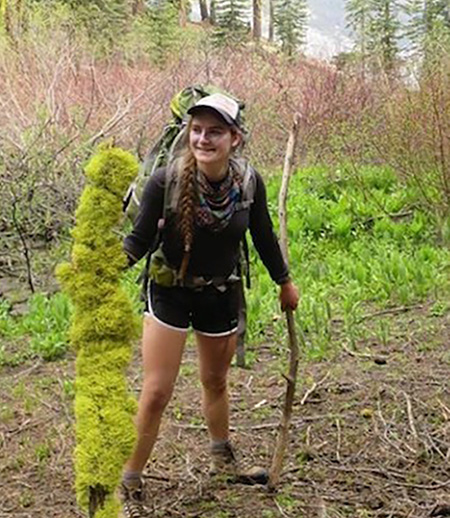
The California Floristic Province is a biodiversity hotspot, and around 30% of its plant species are endemic, so this is a special place for botanical exploration. My mentor’s project studies the Evolutionary Ecology of Rock Daisies. Over the past year, through URAP, I have learned molecular techniques involving DNA extraction, ITS, PCR and gel electrophoresis. The URAP summer stipend award will allow me to continue with what I have learned this past year as well as gain new insights into the next stage of analysis: develop an understanding of phylogenetic […]
Joel Rojas

As a research assistant for the Pacific Islander Task Force, I will continue to conduct quantitative data analysis on Maternal and Infant health data concerning mothers’ social demographics, health insurance, and health status. Our goal for this research project is to highlight the significant health disparities among Asian American and Pacific Islander mothers in the Bay Area counties of San Francisco, Alameda, and San Mateo through data disaggregation. My research not only shows the systematic causes of public health disparities but also inspires local and state departments of Public Health […]
Elisabeth Earley
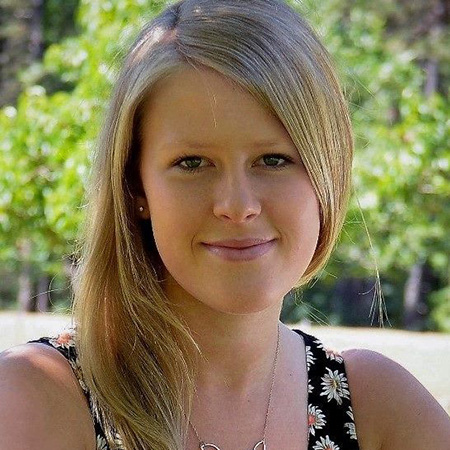
This summer I will continue working on Professor Matanock’s project regarding invited international interventions. In particular I help research the United Nation’s International Commission against Impunity in Guatemala, or CICIG for its acronym in Spanish. Guatemala has one of Latin America’s highest murder rates, with more than 45 homicides per 100,000 people in 2006—eight times higher than that of the United States. At that time, approximately 97% of these crimes went unpunished. For this project, I synthesize information about the CICIG’s 11 year history fighting institutional corruption, analyzing its investigation […]
Robert Wang
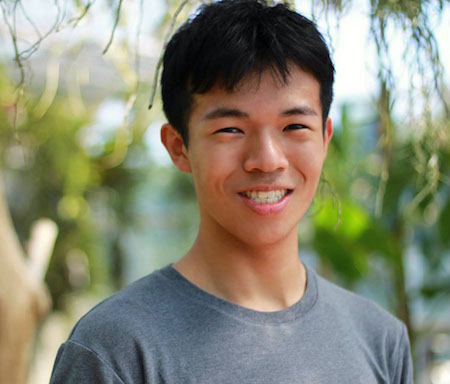
Alternative splicing is a phenomenon that allows for a single gene to encode multiple gene products, contributing to the large diversity of proteins encoded by the genomes of more complex organisms such as humans. Genetic mutations that disrupt splicing mechanisms are among the leading causes of human hereditary disorders. However, current approaches for determining the effects of such genetic mutations on alternative splicing are not well defined. My project uses machine learning methods on genomic features to predict the impact of variants on human alternative splicing. These predictions may be […]
Lauren Tabor

I work within the Fleiszig laboratory, which focuses on Pseudomonas eye infections. This summer, I will be studying the role of specific genes within the pqq operon, an operon formerly known to be involved in ethanol oxidation. I will be exploring the unknown role of this operon in facilitating antimicrobial resistance when Pseudomonas is grown in tear fluid.
Christen Moore
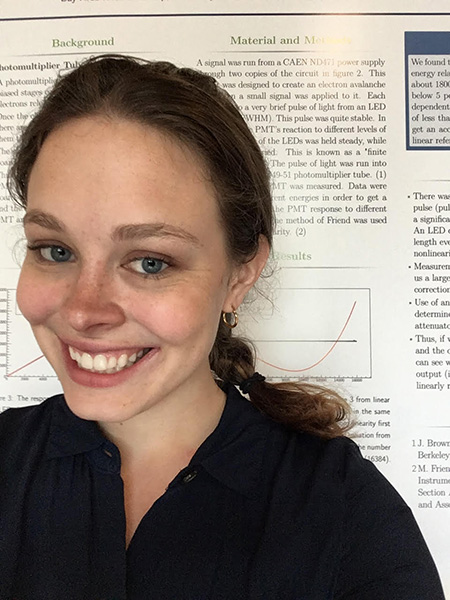
Photomultiplier tubes convert light into an electrical signal. These are useful for light yield measurements of organic scintillators being conducted by my mentor, Dr. Bethany Goldblum, and members of the Bay Area Neutron Group at the 88-Inch Cyclotron at Lawrence Berkeley National Laboratory in support of neutron detection for nuclear security applications. To properly measure the scintillator light yield, the response function of the photomultiplier tube, the signal output for a given light input, must be characterized. In some cases, this response is non-linear, which if not quantified, can lead […]
Abby Blaine

I will be working on an article focusing on how emotional communication from others powerfully affects an infant’s behavior, and more specifically, how emotional signaling from the mother can affect the infant’s behavior towards objects and events about which the infant is uncertain. This article will center on the importance of face, voice and gesture on the infant’s behavior regulation, how enduring these effects are at different ages of infancy, and the development of the infant’s responsiveness to these emotional signals. It will also identify the age of onset of […]